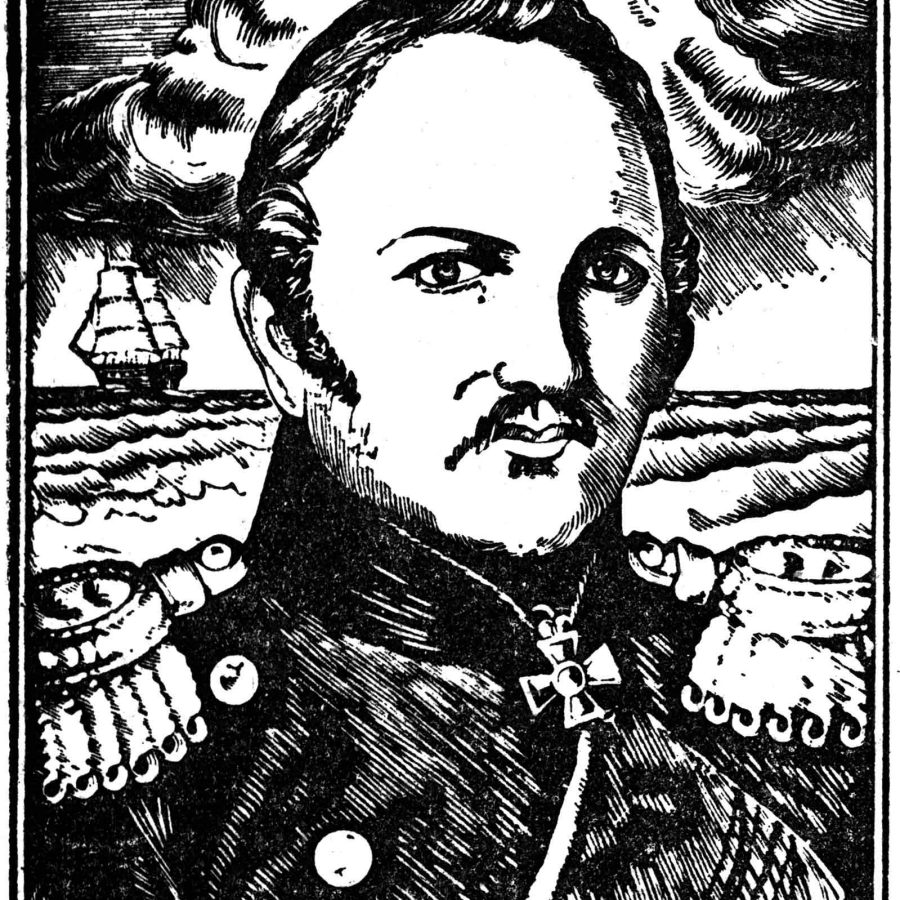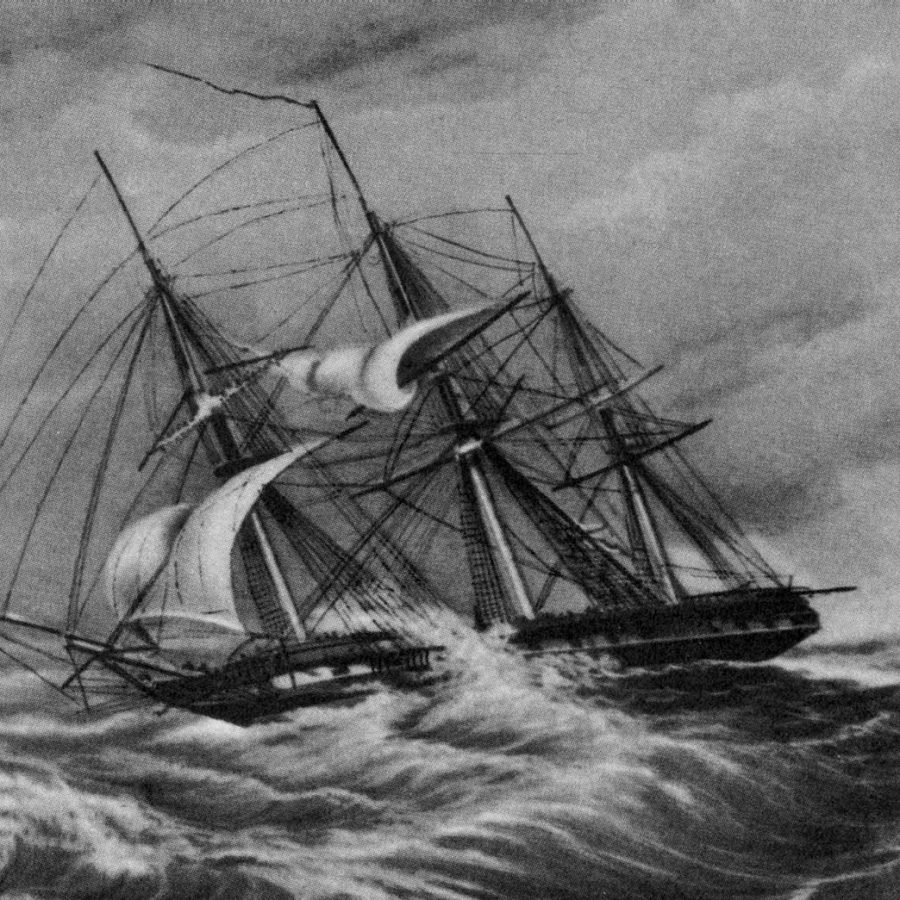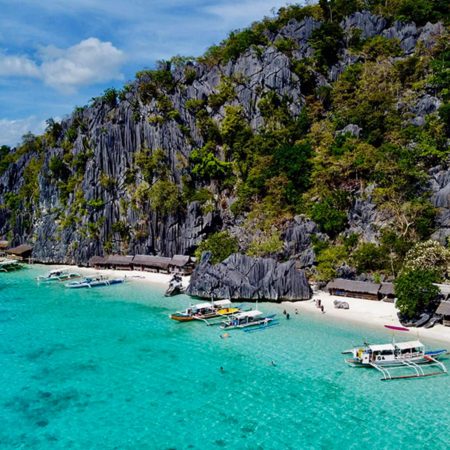The Russian Naval Officer Who Discovered Antarctica

Admiral Fabian Gottlieb von Bellingshausen – Faddey to his Russian-speaking friends – was a man way ahead of his time. An accomplished seaman and explorer, he took part in the first Russian circumnavigation of the globe, discovered Antarctica (200 years ago this month), and mapped parts of the Southern Ocean.
Bellingshausen was born in Estonia, into the sort of aristocratic Baltic-German family that transcends nationality, and was packed off to the Russian Imperial Naval Academy at the age of 10 in 1788. If he was homesick, dismayed by the rations or dunked in the lavatory by his peers, it doesn’t seem to have impeded his progress: he came top of the class in hydrography, nautical astronomy and much else besides.

Credit: Interfoto/Alamy Stock Photo
Graduating at the age of 18, he was a natural choice to join the three-masted sloop Nadezhda for a round-the-world expedition that set sail in 1803. Despite the bellicose spirit of the times, the voyage was no buccaneering escapade. The crew were bound by a strict code of conduct: eat well, keep scrupulously clean, no hanky-panky with the natives and no gunboat diplomacy – common-sense humanitarian principles that stood Bellingshausen in good stead for the rest of his life.
He made his name with his second major voyage, when he was charged with exploring as far south as possible on the 28-gun sloop Vostok. I’m no fan of freezing temperatures, tempestuous seas or swabbing the deck, but I would have relished standing alongside our hero on 27 January 1820 when he first sighted the Antarctic coast, seven months after setting sail from Russia. He’d managed to get there just two days before Captain Edward Bransfield of the British Royal Navy, who was engaged on a similar quest. Somewhat ironically, there were no whoops of joy: Bellingshausen thought he’d only spotted a pack of icebergs and didn’t realise his monumental discovery until later.

Credit: David Lichtneker/Alamy Stock Photo
The Vostok sailed on to Australia for supplies, and then New Zealand, where she dropped anchor at Queen Charlotte Sound. Key members of the expedition had been ordered to keep a journal, and I’d gladly have volunteered my services as supernumerary scribe. Bellingshausen and his fellow officers befriended the Maori on shore, exchanged gifts, feasted with the chiefs, delicately declined offers of ‘temporary wives’, handed out turnip, carrot and pumpkin seeds, applauded the haka, were awestruck by the flora and fauna and gathered huge quantities of ethnographica, which were widely admired when the expedition returned to Russia that August. As a peaceful cultural interchange, Admiral von B’s New Zealand sojourn is a rare episode in history.
Bellingshausen’s life was almost totally bound up with the sea, although he did get married in his late 40s. He later campaigned in the Russo-Turkish war of 1828-29, ending up a national hero and military governor of Kronstadt – the island that guards the approaches to St Petersburg.

Credit: Igor Golovnov/Alamy Stock Photo
And while his name doesn’t exactly trip off the tongue, it’s commemorated in various islands around the globe, from Russia’s Faddey Islands to Bellingshausen Island in the South Atlantic Ocean – and even a crater on far side of the moon. Had he been born a century or two later, it doesn’t stretch the imagination too greatly to picture him surrounded by cheering crowds in Red Square – a triumphant cosmonaut recently returned to Earth, still very much the epitome of a Renaissance Man.
More inspiration
- China – the Chinese Mainland, Hong Kong SAR, Macao SAR and Taiwan Region
- Hong Kong SAR - English
- Chinese Mainland (China) - English
- Taiwan, China - English
- 香港特別行政區 - 繁體中文
- 中国內地 - 简体中文
- 中國台灣 - 繁體中文
- Africa
- South Africa - English
- Asia
- Bangladesh - English
- Korea - English
- Singapore - English
- Cambodia - English
- 한국 - 한국어
- Sri Lanka - English
- India - English
- Malaysia - English
- Thailand - English
- Indonesia - English
- Maldives - English
- ประเทศไทย - ภาษาไทย
- Indonesia - Bahasa Indonesia
- Myanmar - English
- Vietnam - English
- Japan - English
- Nepal - English
- Việt Nam - tiếng Việt
- 日本 - 日本語
- Philippines - English
- Australasia
- Australia - English
- New Zealand - English








